- DECORKED
- Posts
- 🍇 Pinot’s Quiet Rise
🍇 Pinot’s Quiet Rise
In this week’s DECORKED digest, we explore explore Germany’s new Pinot potential, why Barolo is drinking younger, Cabernet’s hidden heritage, the U.S. oversupply crunch, and much more.

Collection of important links, information, and more.
📌 EMAIL - contact for business inquiries
📌 ADVERTISING - for advertising inquiries contact us via the email above
Happy Monday! We hope you have a great week ahead. In this week’s DECORKED digest, we explore Germany’s new Pinot potential, why Barolo is drinking younger, Cabernet’s hidden heritage, the U.S. oversupply crunch, and much more. Keep reading!
➡️ PARTNERSHIP/SPONSORSHIP packages are available! Advertise your wine-related brand/product/story with the best community out there. For contact, please see above.

Read the most important and interesting news this week.
🔍 Wine Paris 2026 expands to reflect a changing global drinks industry READ HERE
📈 Sustainable and organic wines pique the interest of young people READ HERE
💰 Montalcino’s wine tourism generates £130m lift for Brunello READ HERE
🔑 Master the art of building an impressive wine cellar READ HERE
📰 Wine Spectator's top 100 lists READ HERE

Collection of partnerships and collaborations.
📌 AMBLE WINE PARTNERSHIP - Explore the world of wine with Amble Wine's comprehensive World Wine Map Workbooks and challenging Wine Quiz Workbook, masterfully crafted by wine scholar Lea Gatinois. As our valued reader, enjoy a 5% discount on these premium, eco-friendly resources using code DECORKED at checkout (or click HERE). Expand your wine expertise today!

We curate, filter, and select only the most exciting and important news for you.
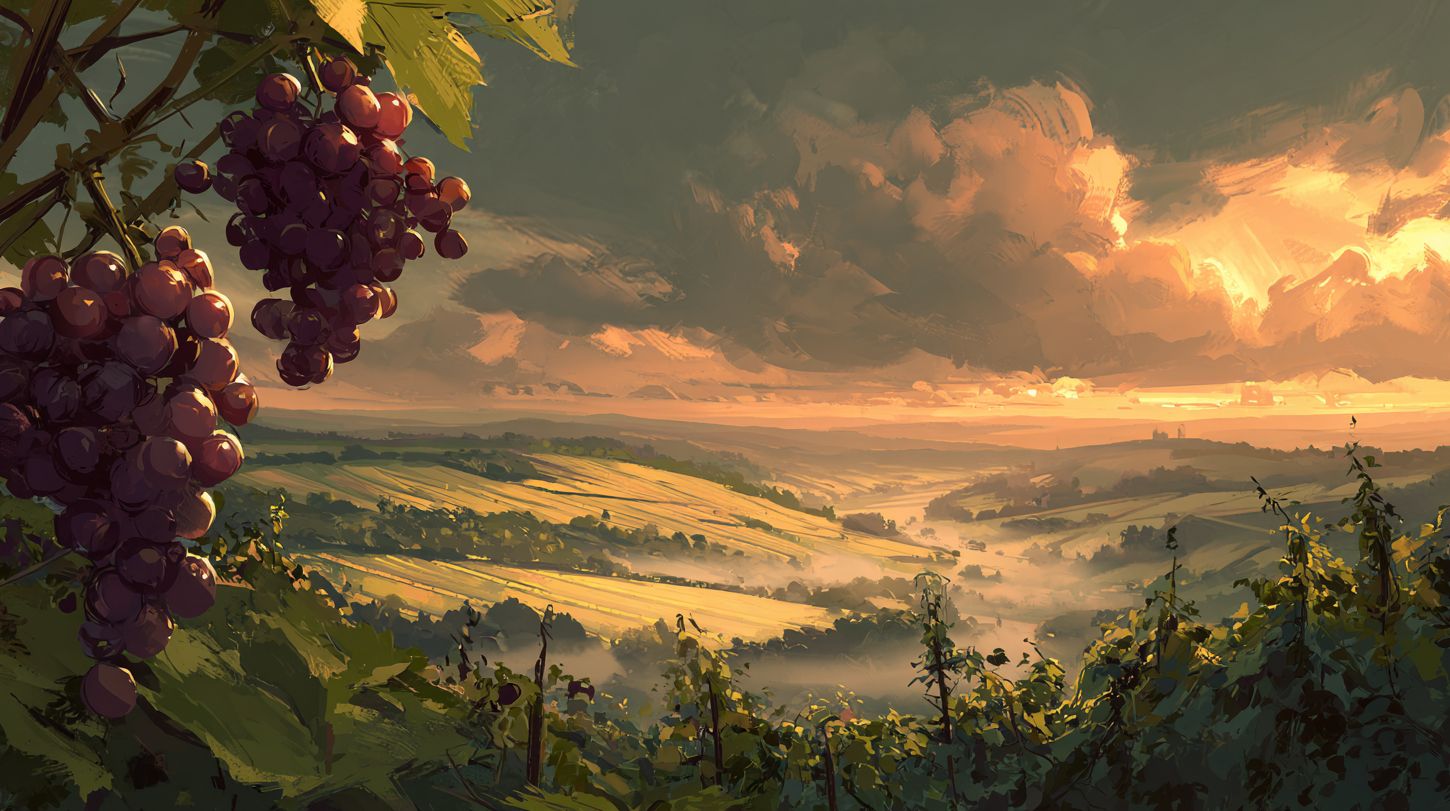
IS GERMANY THE NEW ‘PINOT PARADISE’ FOR WINE LOVERS?
Germany’s wine landscape is undergoing a profound yet understated transformation as climate change reshapes global viticulture. Rising temperatures, once a limiting factor for ripening in cooler regions, are now positioning Germany as an emerging paradise for Pinot varieties. Andrew Jefford highlights how extreme climatic pressures worldwide contrast with Germany’s newfound suitability, illustrating how “quiet change” can redefine a region’s potential. With the atmosphere now the most volatile component of terroir and traditional benchmarks increasingly unstable, Germany’s evolving conditions signal both opportunity and a broader reminder that the global “pleasure map” of wine is shifting fast.

THE CHANGING FACE OF BAROLO
Barolo is shifting fast: once a wine that demanded a decade of patience, it’s now emerging earlier, shaped by warmer seasons and a new generation of winemaking. Top producers say the last 20 years brought more consistency, more approachability and, in standout years like 2016, true modern classics. The era of waiting forever for Nebbiolo is over because Barolo drinks younger, but still ages like royalty.
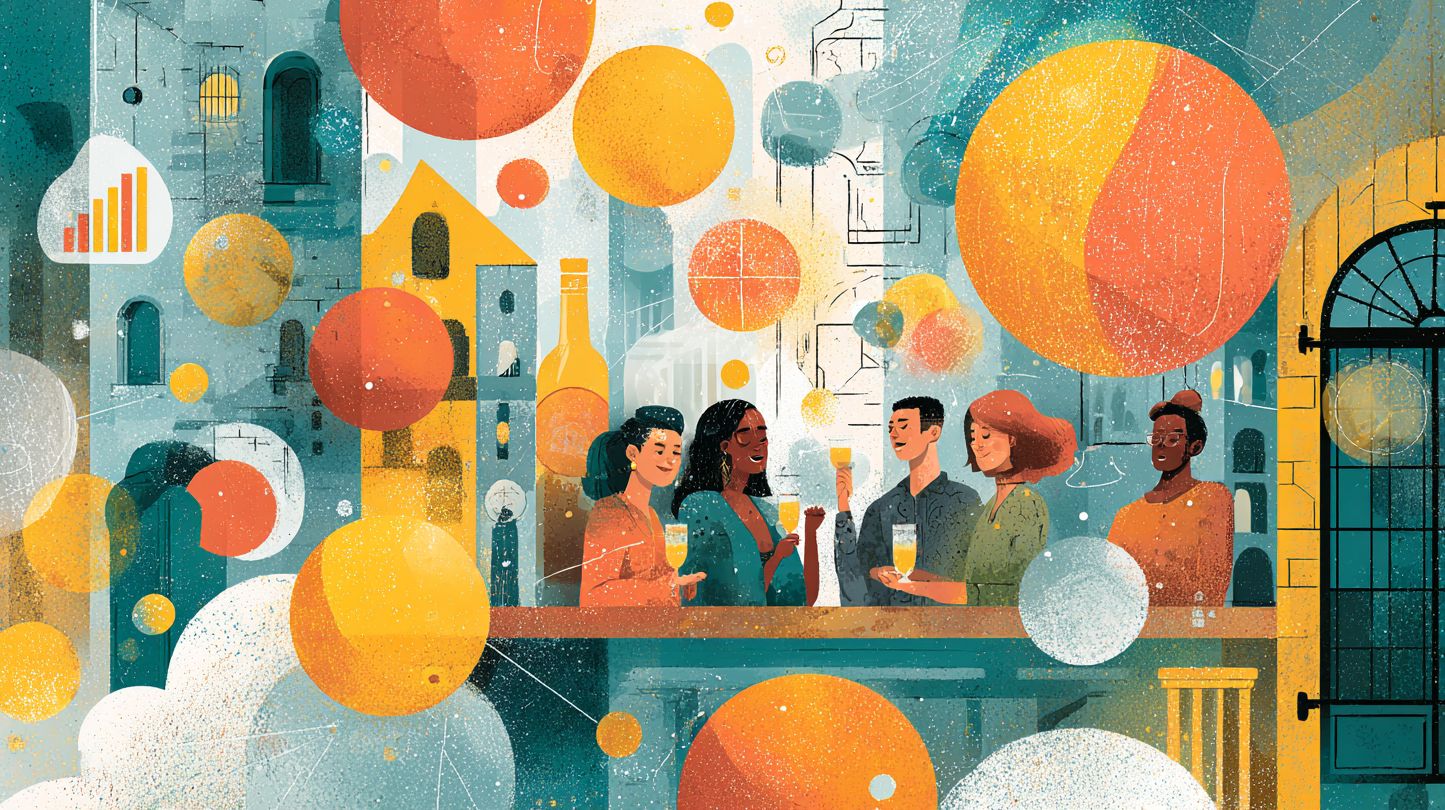
WHAT WINE NEEDS RIGHT NOW
Industry leaders point to a shared set of priorities for revitalizing the wine sector: restoring a sense of approachability and cultural relevance, strengthening consumer-facing storytelling, and reducing the structural barriers that limit market access. Regulatory reforms, improved communication, and greater representation of wine in media could help re-engage younger demographics, while the growth of new wealth segments presents additional opportunity

CABERNET’S MOLECULAR MEMORY
New research from UC Davis shows that Cabernet Sauvignon retains molecular traces of its 17th-century parentage (Cabernet Franc and Sauvignon Blanc) despite centuries of clonal propagation. By mapping epigenetic marks, scientists found that key molecular signatures remain remarkably stable across generations, providing insight into the grape’s consistency and potential resilience to stressors like heat, drought, and disease. This breakthrough not only deepens understanding of Cabernet Sauvignon’s heritage but also offers a framework for improving the resilience and quality of other perennial crops.
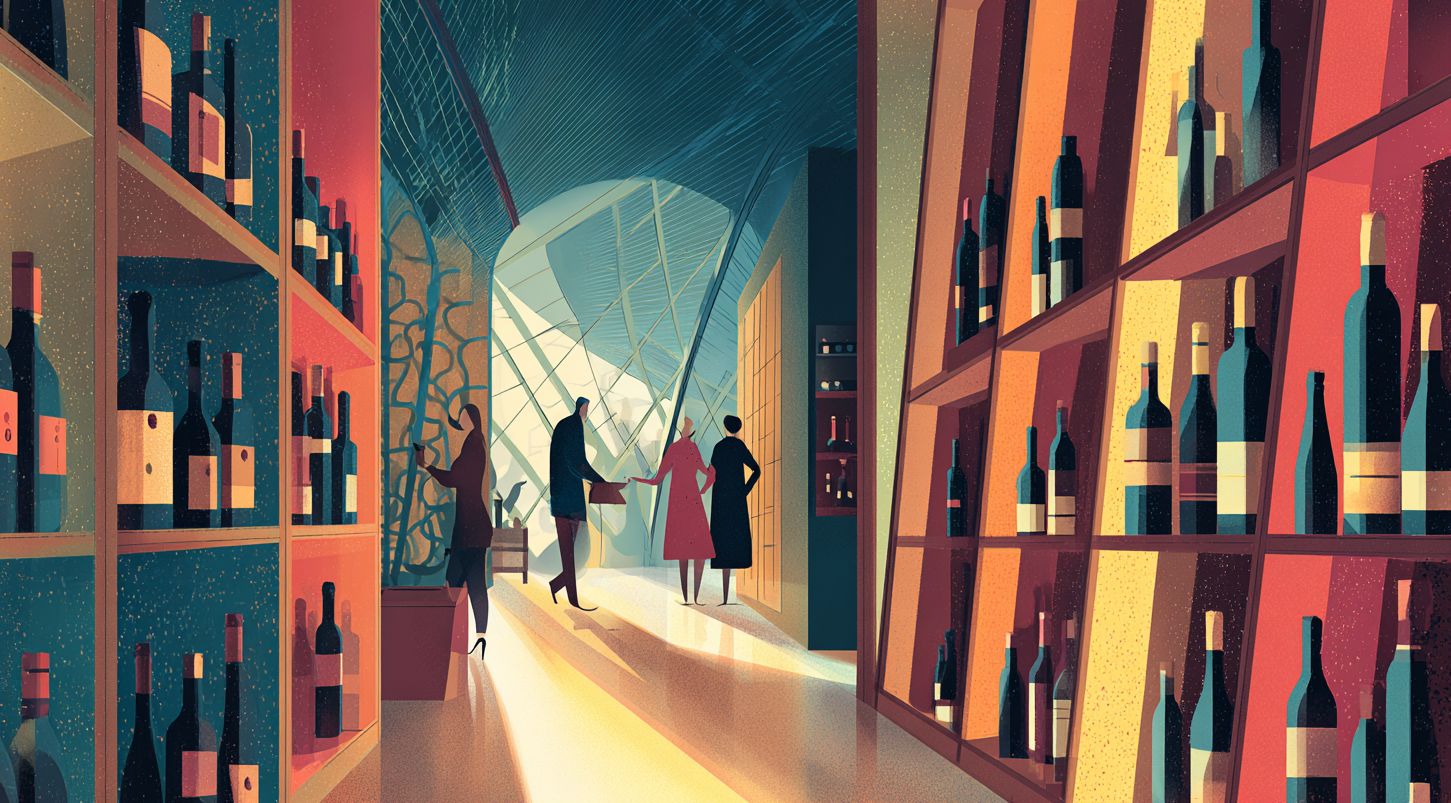
YOUNGER COLLECTORS, SMARTER CHOICES
New data from CultX reveals that younger, tech-savvy collectors (aged 20–39) are reshaping fine wine buying, exploring new regions, and making high-value, deliberate choices. While 20–29-year-olds account for just 4% of transactions, they contribute 7.5% of total spend, and 30–39-year-olds drive nearly a third of purchases, favoring Rest-of-World wines over traditional Bordeaux and Burgundy.
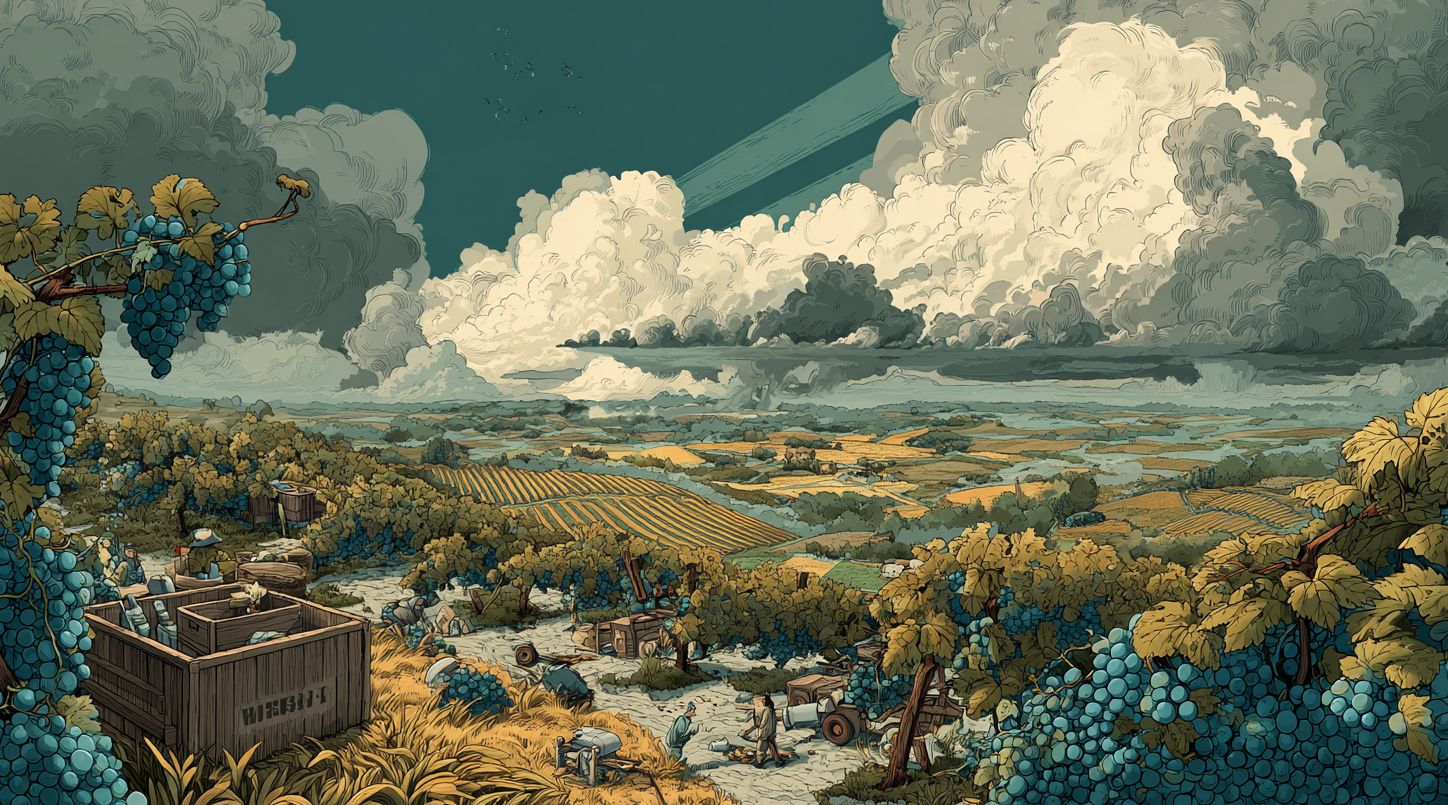
OVERSUPPLY HITS U.S. WINE
The U.S. wine industry faces a severe oversupply crisis, leaving an estimated 20–30% of grapes unsold across major producing states. Declining consumption, changing demographics, inflation, and alternative beverages have driven inventory surpluses, prompting California growers to pull out over 38,000 acres in 2024–25 alone. Other states, from Oregon to New York, report similar challenges, with growers exploring solutions such as bulk wine production, crop diversification, new varietals, climate-resilient rootstocks, and direct-to-consumer sales.
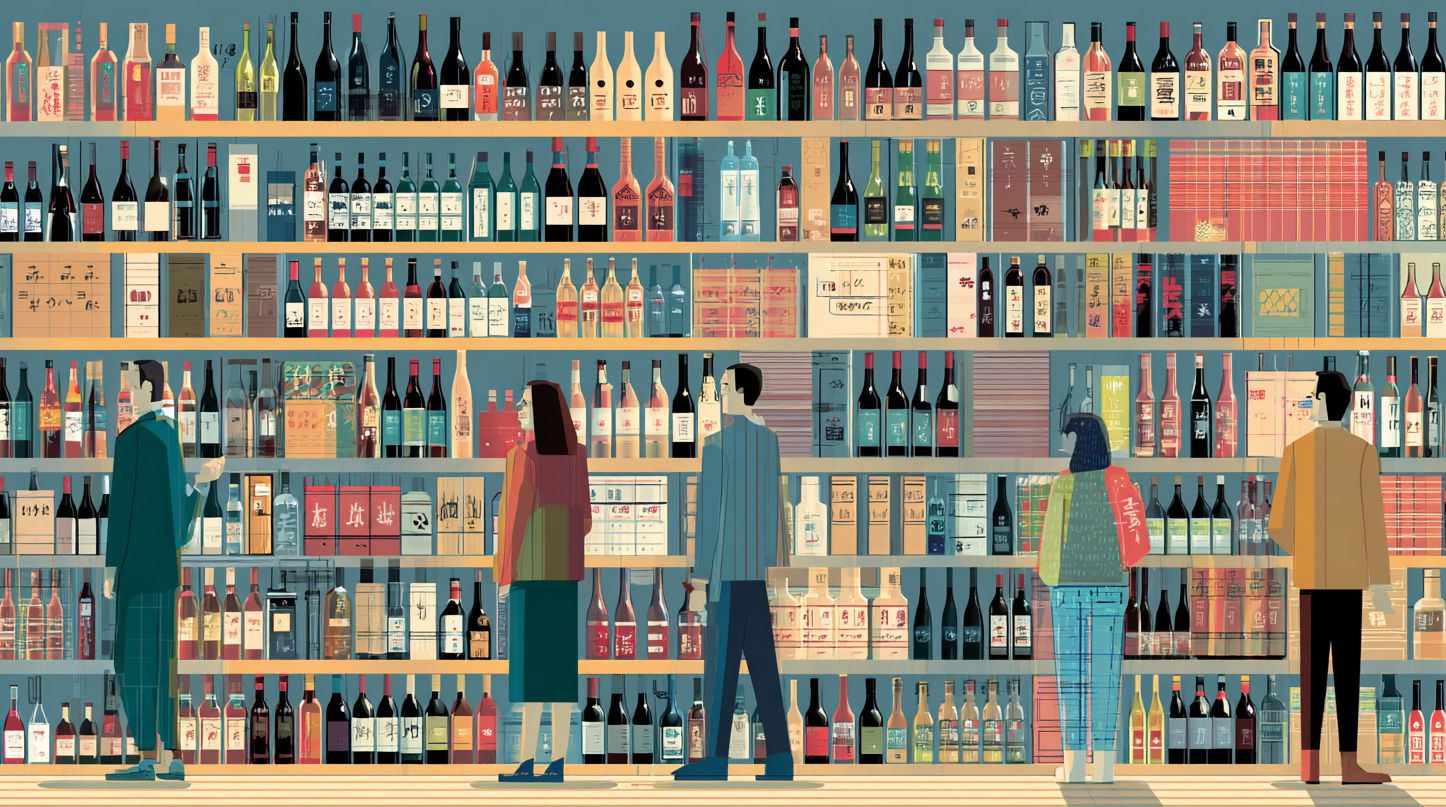
CHINA'S PRICE STRUGGLE
China’s wine industry is struggling despite improved quality and branding, with production plunging from 1.38 billion liters in 2012 to 118 million in 2024. High prices, changing consumer habits, and alternative drinks limit domestic sales, though premium wines from Ningxia and Yunnan match top international standards. Exports grow slowly, but slow sales and stockpiles highlight ongoing market challenges.

Learn something new every week.
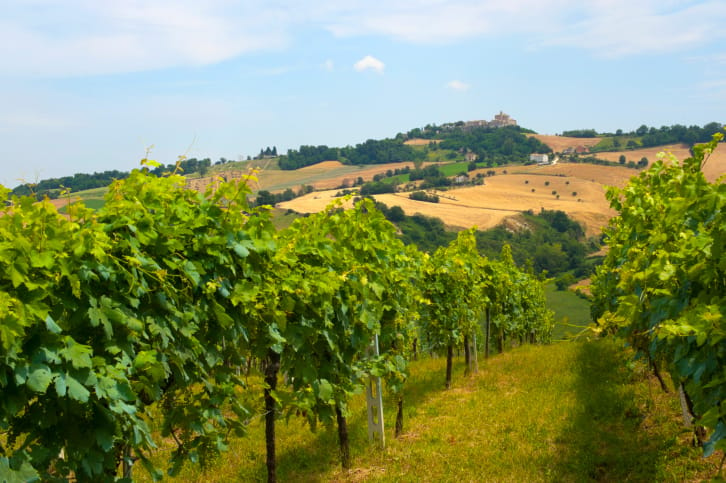
Copyright @ Alfavin.ch
WINE REGION OF THE WEEK: LE MARCHE, ITALY
Marche, in central-eastern Italy, is known for crisp whites like Verdicchio and Trebbiano and high-quality Montepulciano-based reds. Its diverse terroirs support both warm and cool viticulture, producing mostly IGT wines, with 20% DOC/DOCG, including Verdicchio dei Castelli di Jesi, Verdicchio di Matelica, and Cònero Riserva. Whites pair with seafood, while reds like Rosso Cònero and Lacrima di Morro offer structured, aromatic options.
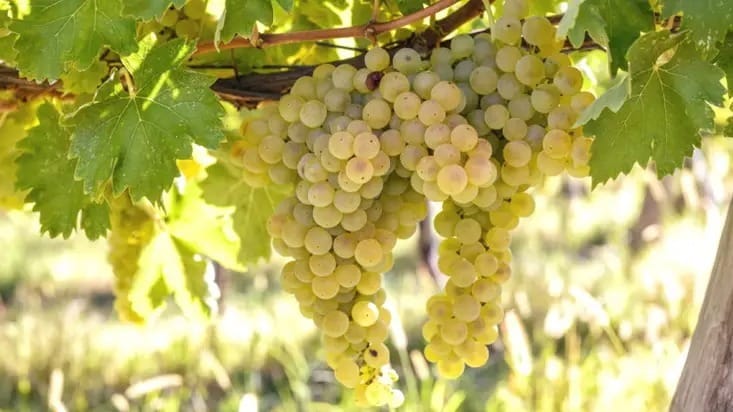
Copyright @ Wine Searcher
GRAPE OF THE WEEK: VERDICCHIO
Verdicchio is a historic white grape from Marche, central Italy, known for crisp, high-acid wines with citrus and almond notes. Used in both light table wines and age-worthy bottles, it also serves as a base for sparkling wines. Varietal DOCs include Verdicchio dei Castelli di Jesi and Verdicchio di Matelica.
How are you satisfied with this week's DECORKED?Let us know, so we can do better. Simply click bellow. |
If someone forwarded this email to you, click HERE to subscribe.

Help us grow and earn rewards.